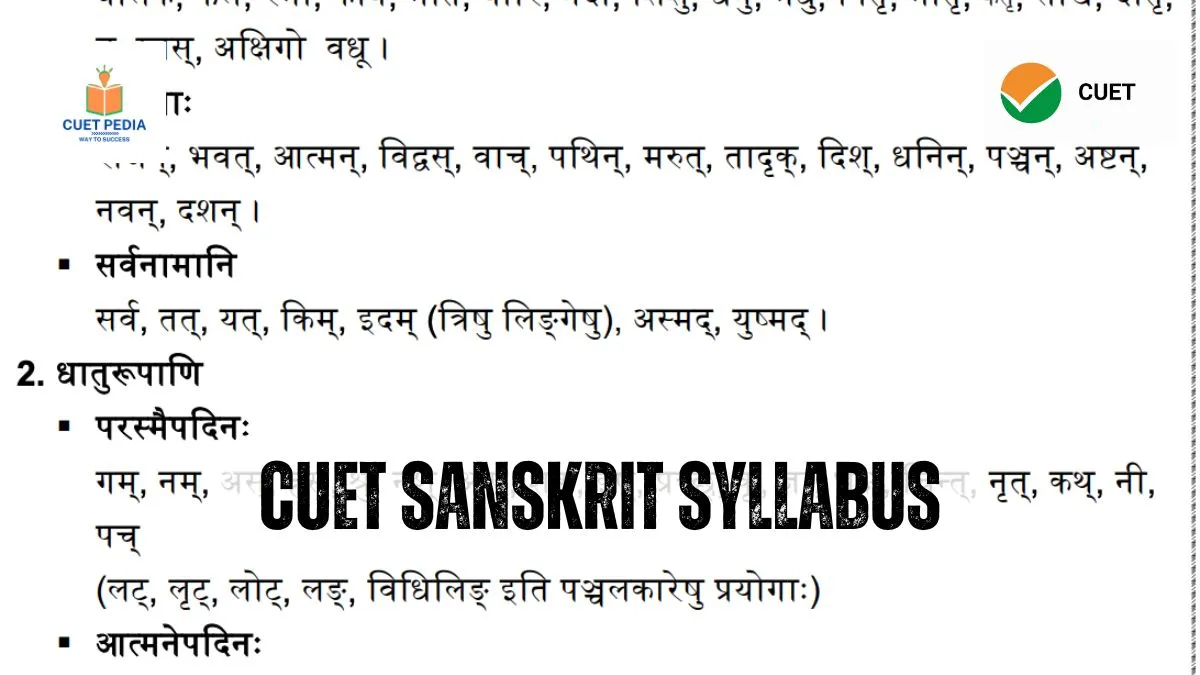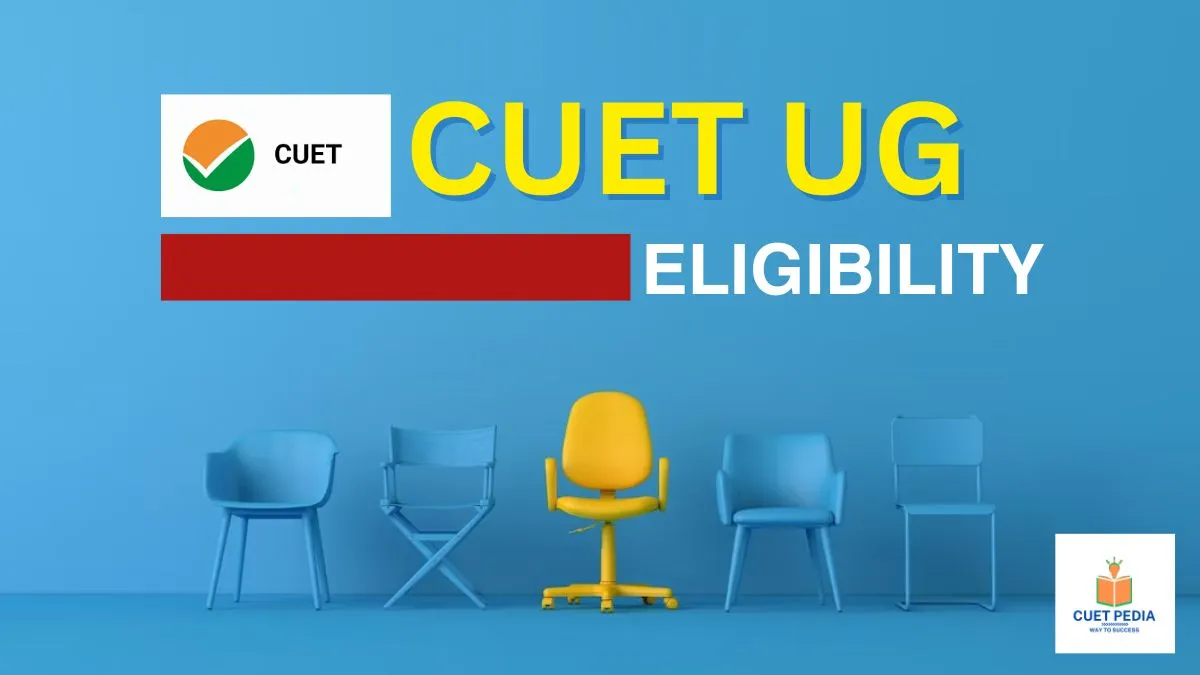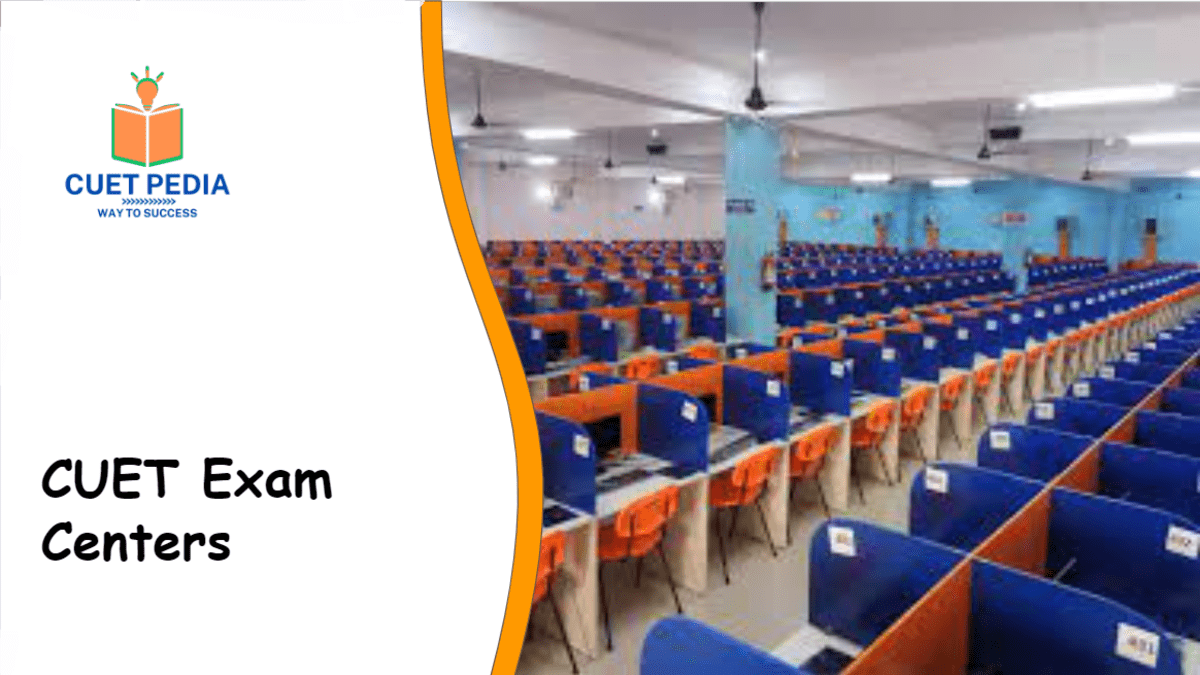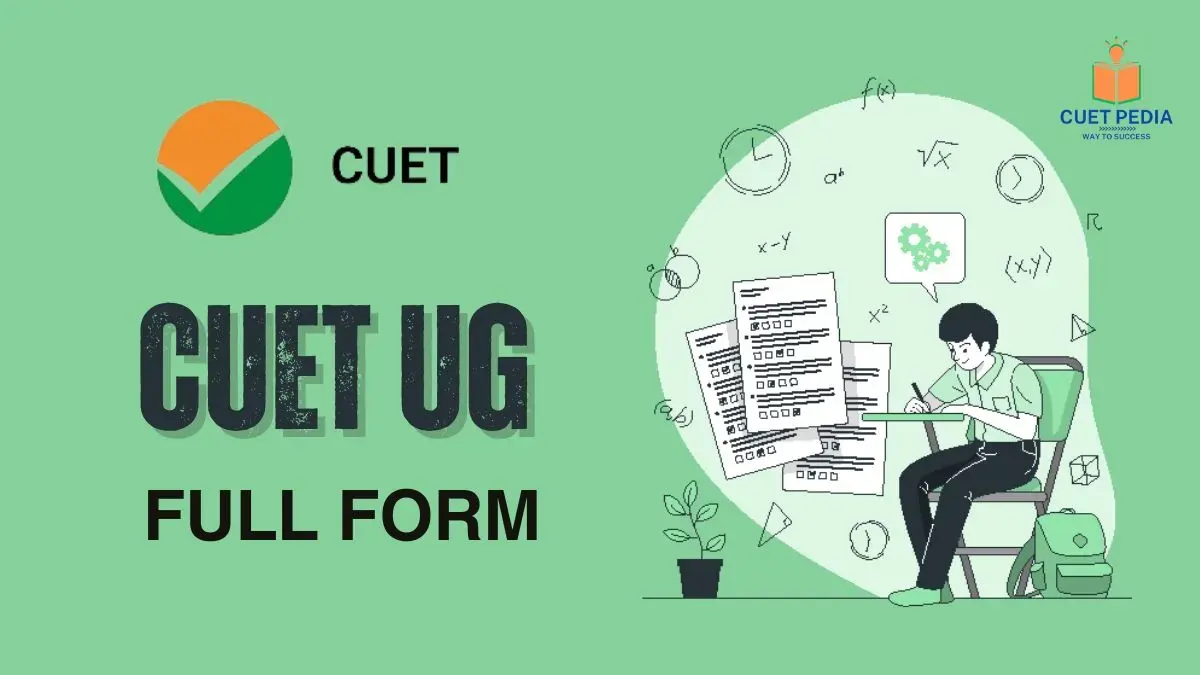
CUET Sanskrit Syllabus 2025: Download Unit-Wise Topics PDF
The CUET 2025 Sanskrit Syllabus for the centralised exam is designed exclusively to test candidates on their Sanskrit knowledge for admission to central and non-central universities. The Indo-Aryan family of […]








